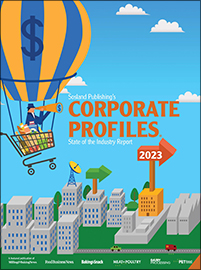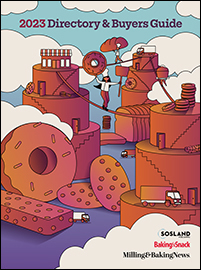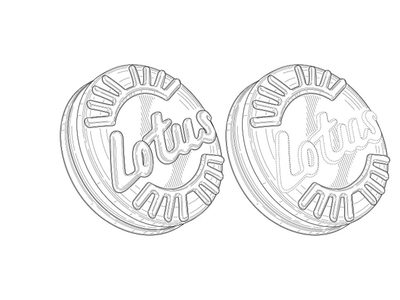WEST LAFAYETTE, IND. — US producers were feeling less confident in current conditions on their farms and in the agriculture industry, causing a dip in the August Purdue University/CME Group Ag Economy Barometer index.
The index dropped to a reading of 115, down 8 points from July. The Current Conditions Index fell 13 points to 108 and the Future Expectations Index also dropped by 5 points to 119.
The Ag Economy Barometer, which is a comprehensive measure of the health of the agricultural economy, is calculated each month from 400 US agricultural producers’ responses to a telephone survey. The August survey was conducted from Aug. 14-18.
“Rising interest rates and concerns about high input prices continue to put downward pressure on producer sentiment,” said James Mintert, the barometer’s principal investigator and director of Purdue University’s Center for Commercial Agriculture. “This month over half (60%) of the producers we surveyed said they expect interest rates to rise in the upcoming year.”
When asked about their top concerns for their farming operations in the next 12 months, producers continue to point to higher input prices (34% of respondents) and rising interest rates (24% of respondents). Even though crop prices weakened significantly this summer, only one in five producers (20% of respondents) chose declining commodity prices as one of their top concerns.
Farmers reported little change in their farms’ financial condition compared to a month earlier, but conditions were reported to be weaker than a year earlier.
Despite concerns about rising interest rates, producers remain cautiously optimistic about farmland values in both the short-run and longer-term.
The Short-Term Farmland Values Expectation Index rose one point to 126, while the long-term index was unchanged at a reading of 151. Four out of 10 respondents (39%) said they expect farmland values to rise over the next year, while 13% said they look for values to decline in the next year. Six out of 10 (63%) respondents said they expect values to rise over the next five years, while 12% said they expect values to fall.
.jpg?height=667&t=1693931075&width=1001)





